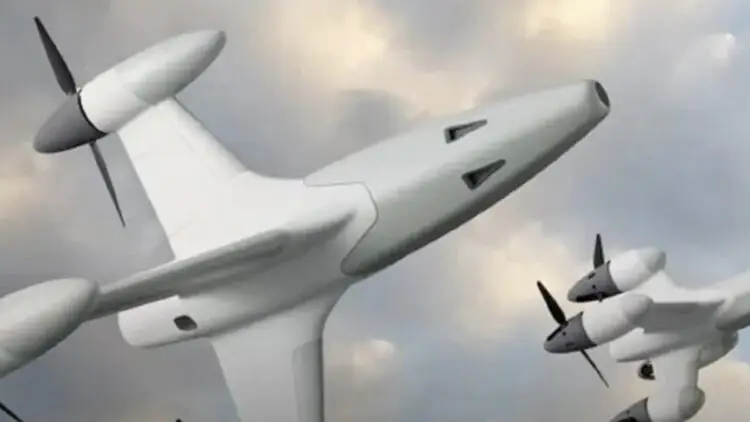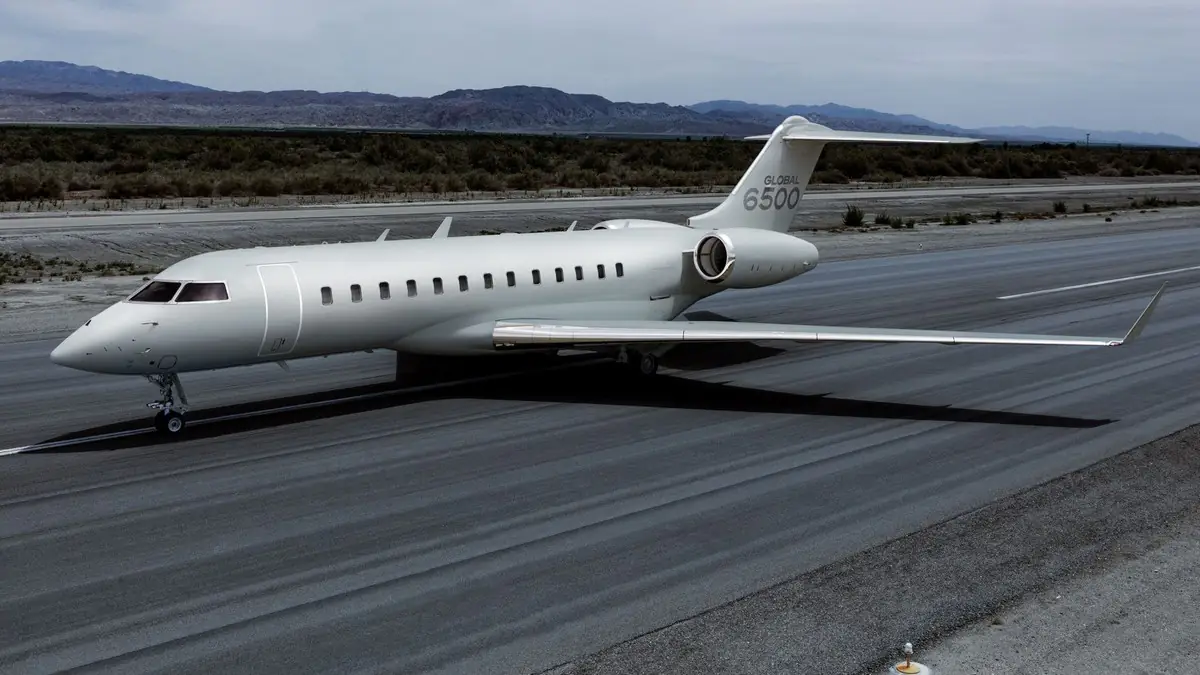There’s been a lot of discussion lately about drone interceptors. What’s less widely known is that Swift Beat – a company led by Eric Schmidt – is the one set to produce this type of weapon. The project is being positioned as a potential breakthrough in the field.
If development stays on schedule, Ukraine’s skies could see the deployment of hundreds of thousands of these advanced drones as early as 2025. Their primary role will be to intercept and disable enemy kamikaze drones before they reach their targets.
The U.S.-based company Swift Beat has signed an agreement with the Ukrainian government to jointly manufacture drones, including Shahed interceptor models. These drones are designed to detect, track, and neutralize aerial threats before they reach Ukrainian cities or critical infrastructure.
What makes this development particularly noteworthy is the involvement of Eric Schmidt, former CEO of Google (2001–2011). Schmidt, once a key figure in shaping the modern digital landscape, is now backing efforts to build a drone-based defense system for Ukraine.
Read also: Is Space Becoming the New Battlefield?
TABLE OF CONTENT:
Hundreds of thousands of drones and one common mission: to stop Shaheds
Statements from Ukraine’s President have made it clear: the top priority of this partnership is the large-scale production of interceptor drones. The goal is to counter the near-daily attacks from Russian-Iranian Shahed drones, which continue to strike Ukrainian cities with deadly and destructive force. Since Russia is producing these drones in large volumes, Ukraine’s response aims to be both symmetrical and stronger – by manufacturing hundreds of thousands of its own units.
Shahed drones have become a symbol of aerial terror, with their indiscriminate use marking a defining feature of this hybrid war. In response, Ukraine is working with leading global players to expand its drone arsenal. This was also emphasized by Ukraine’s Minister of Defense, Rustem Umerov.
“The indiscriminate use of drones has become one of the defining features of this war. To effectively protect our people, cities, and critical infrastructure, Ukraine is expanding its drone arsenal by partnering with some of the world’s most capable manufacturers,” said Rustem Umerov, Ukraine’s Minister of Defense.
The new partnership between Swift Beat and Ukrainian manufacturers is more than just another defense contract – it’s a strategic shift. The collaboration will cover not only interceptor drones, but also reconnaissance quadcopters and medium-range strike drones equipped with artificial intelligence. This isn’t about basic automation. The AI systems involved will handle navigation, target selection, and real-time decision-making during missions, marking a significant step forward in autonomous combat capabilities.
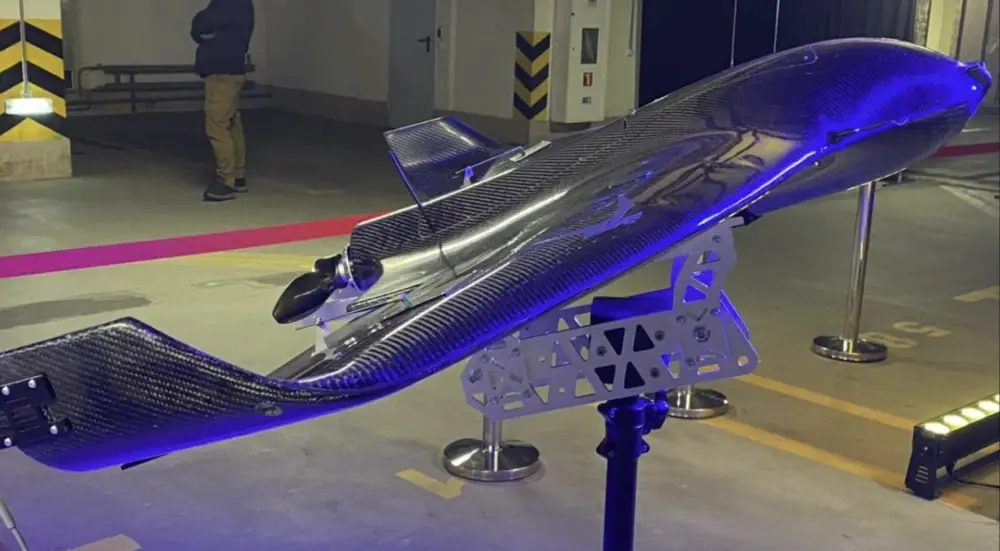
And that’s not the limit. Looking ahead, the plan includes developing drones capable of intercepting not only Shaheds, but also cruise and even ballistic missiles. Future projects also involve automated surveillance towers, networked early warning platforms, and an entire class of next-generation systems that could soon reshape the dynamics of modern warfare.
Read also: All About the Turkish UAV Bayraktar Kizilelma: Development History and Prospects
Mysterious company Swift Beat
While the name Swift Beat may sound cryptic, the figure behind it is more familiar – Eric Schmidt, the former CEO of Google. Schmidt, long known for shaping the digital world, is now playing an active role in supporting Ukraine’s defense efforts.
Swift Beat’s parent company, Volya Robotics OU, is registered in Tallinn. However, the formal registration doesn’t tell the whole story. The roots of this initiative run deeper. Before 2024, the company operated under the name White Stork and was already appearing in reports as a developer of low-cost, AI-driven autonomous drones designed specifically for the conditions of the war in Ukraine.
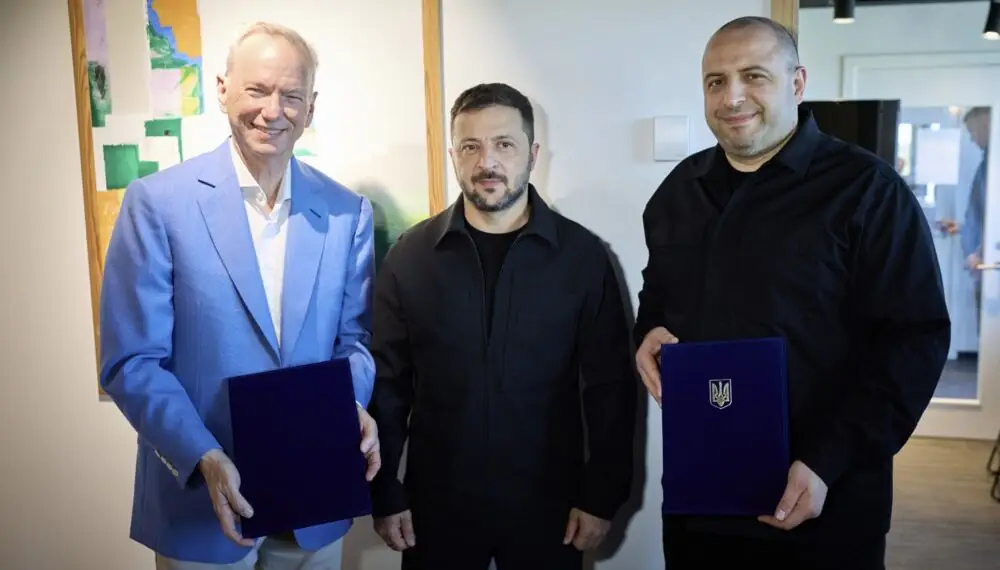
What’s most notable is that Schmidt isn’t acting as a behind-the-scenes investor. He has visited Ukraine in person, toured production sites, tested drones, and engaged directly with engineers. Since the start of the full-scale invasion, he has been involved at every level – from technology development to diplomatic outreach. Schmidt currently supports the Ukrainian startup accelerator D3, maintains regular contact with officials in Kyiv, and actively advocates for Ukraine’s interests within the global tech community.
His strategic vision for the battlefield is built on a clear and determined idea:
“Drones need to be inexpensive, autonomous, and lethally effective. And Ukraine will be the first place where this concept becomes reality.”
Read also: Everything About the BLAZE Interceptor Drone from Latvian Company Origin Robotics
Where will drones be manufactured?
The agreement between Swift Beat and the Ukrainian government was signed in Denmark – a symbolic location marking the beginning of a new phase in drone warfare. However, one key detail remains unresolved: where will production actually take place? Several possibilities are on the table, including Ukraine, Estonia (home to parent company Volya Robotics OU), or potentially one of the NATO countries already supporting Ukraine through the International Drone Coalition.
Still, the specific location is secondary. What matters most is a rapid launch and operational effectiveness. The goal is straightforward: get production up and running as quickly as possible, combining Ukrainian combat expertise with American and European technology.
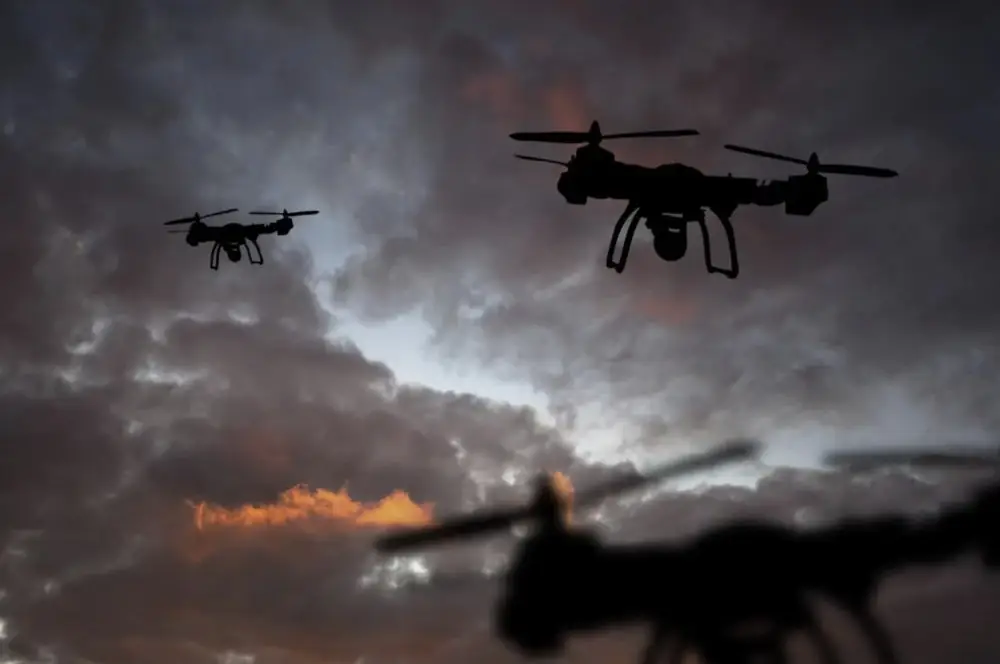
It’s not just about hardware. The integration includes, in particular:
- autonomous navigation software that can operate even without a satellite signal
- target recognition and tracking systems
- decision-making algorithms in dynamic combat conditions.
The objective is clear and uncompromising: Ukrainian drones must fly faster, strike more accurately, and operate more effectively than ever before. This is not just theoretical – it’s reflected in production plans scheduled for the coming months.
Read also: All about the new F-47 and the NGAD programme
Why Ukraine needs interceptor drones
Ukraine needs interceptor drones for several key reasons, all directly tied to the realities of its ongoing conflict with Russia.
Russia is extensively deploying low-cost drones such as Lancet, Orlan, and the Iranian-made Shahed-136 for strikes on artillery, vehicles, supply depots, air defenses, fire correction, and nighttime attacks targeting civilians. Interceptor drones offer a potentially effective defense against these kamikaze and reconnaissance drones. They provide a relatively inexpensive and mobile way to neutralize threats in the air before they can cause damage.
Strike drones and FPV kamikaze drones are arriving in such large numbers that traditional air defense systems often cannot respond effectively or fast enough. For example, interceptors like the Patriot or NASAMS missiles cost hundreds of thousands of dollars each, making it financially impractical to use them against Shahed drones, which cost between $20,000 and $50,000. Additionally, air defense batteries have limited detection sectors, further reducing their coverage.
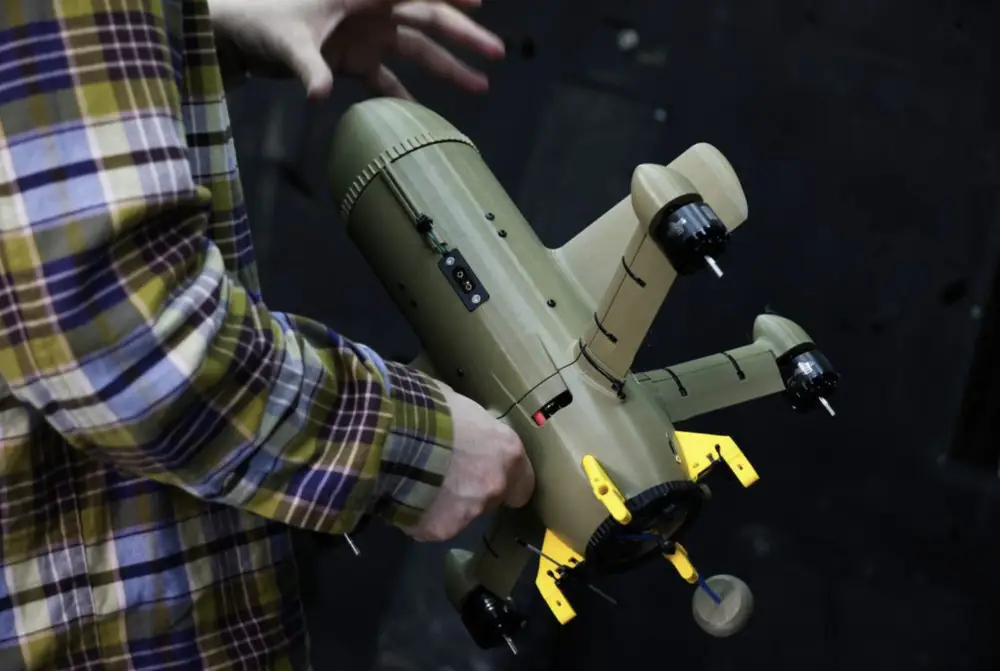
Interceptor drones equipped with cameras or thermal imaging can patrol and respond quickly, even in areas without radar coverage.
These drones operate where traditional hardware is lacking: on the front lines, in remote border zones, and in conditions of limited power and communication. They can function in swarms – either autonomously or under AI coordination – covering “blind spots” in conventional air defenses and carrying out missions in challenging conditions such as low altitude, nighttime, or difficult terrain.
Ukraine does not have traditional air superiority, as its fleet of manned aircraft is limited. As a result, “drone versus drone” combat has become a new form of aerial warfare. The side with more fast and accurate interceptor drones effectively controls the airspace over the battlefield.
Moreover, an interceptor based on an FPV drone or multicopter equipped with nets, capture mechanisms, or explosive charges costs significantly less than a missile. These drones can disable or destroy much more expensive enemy UAVs, are quick to produce, and easily scalable.
Today, Ukraine has become a testing ground for the global drone revolution. Successful interceptor drones represent not only a defense advantage but also potential for future export opportunities.
Read also: Everything Known About the Experimental UAV General Atomics A2LE
Why is it important? Ukraine is creating its own Drone Valley
Drones are no longer the future of warfare – they are the present. Ukraine has become a key testing ground for the development, adaptation, and large-scale production of these systems. This is not just about testing; it’s about building. Step by step, Ukraine is emerging as one of the largest drone manufacturers in Europe.
The partnership with Swift Beat, a company linked to Eric Schmidt, provides access to technologies that until recently were available only to major Western military powers. These include GPS-independent navigation, autonomous decision-making, and machine vision – representing a significant technological leap.
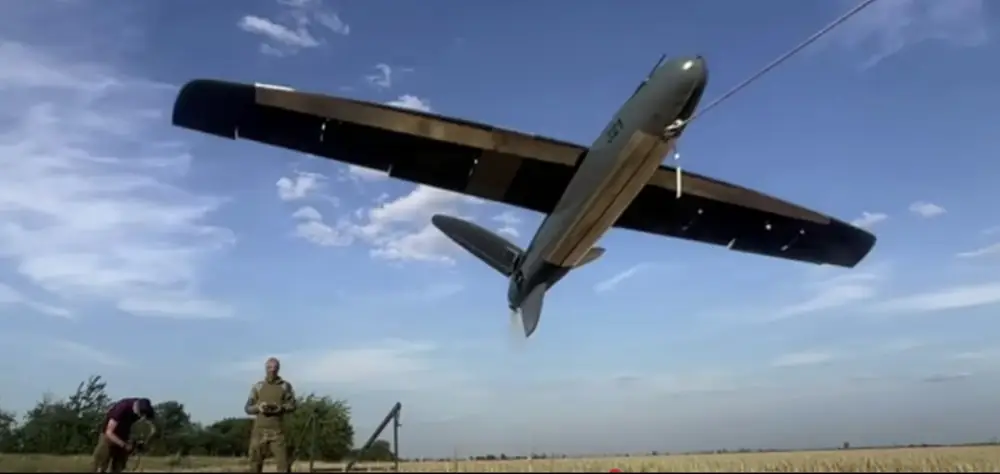
If Ukraine succeeds in its plan to produce hundreds of thousands of advanced drones this year and increase output further in 2026, the impact will go beyond the immediate conflict. It could reshape the entire military-technology balance in Central and Eastern Europe.
This new phase is beginning now – with a single agreement that could mark the start of a new era for Ukraine’s defense industry – one where Ukraine sets the pace rather than follows it.
Read also:


